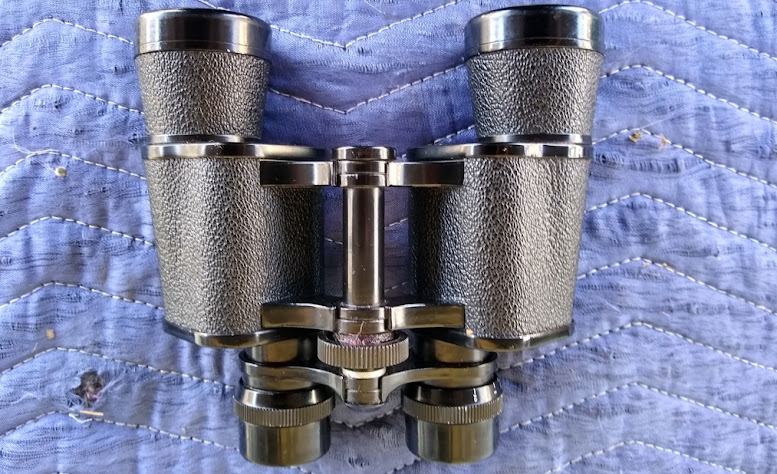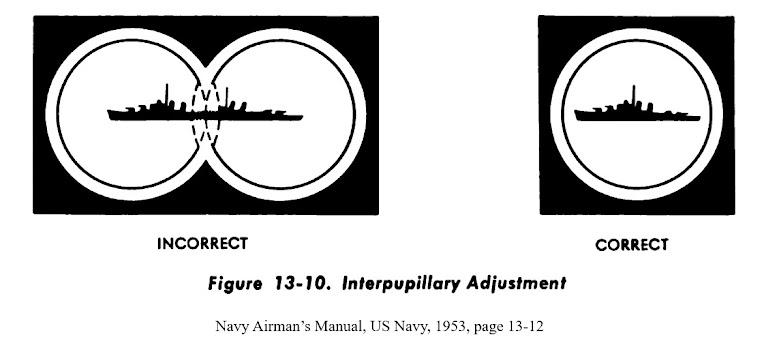Author’s note -- I hope that you enjoy learning from this resource! To help me to continue to provide valuable free content, please consider showing your appreciation by leaving a donation HERE. Thank you and Happy Trails!
But
how much water do you need to keep your motor running cool? Activity level dramatically changes the
volume of fluids that you need. In a
temperate climate when at rest, the average adult weighing 154 pounds (70 kg)
will need about 3 quarts or liters of water each day. Of this half, or 1½ quarts (liters) of water,
is needed each day just for normal body processes, not including losses through
sweating and respiration. Doing moderately
heavy work, like hiking over rough ground for several hours, the average adult will
need approximately four to six quarts (liters) of water each day. The same person performing very heavy work, like
hiking on rough ground, carrying a heavy load for several hours, will need
about six to fifteen quarts (liters) of water per day!
Your body size and gender also play an important part in determining your daily water requirements, since in general the larger you are the more energy is required for any activity and the more waste heat you will generate. On average men are larger and heavier than women and therefore need more water each day.
According
to Karthik Kumar, a writer for MedicineNet, the minimum you should drink daily
is half an ounce to an ounce of water per day for each pound you weigh. For the mythical average 154 lb. (70 kg)
person, this means that they need between 77 to 154 ounces ( 2,277 to 4,454 ml)
or between 2 to 4 quarts (liters) of fluid daily.
If
you are going to get physical during the ‘dog days’ of summer heat, remember to
hydrate, hydrate, HYDRATE!
I hope that you enjoy learning from this resource! To help me to continue to provide valuable free content, please consider showing your appreciation by leaving a donation HERE. Thank you and Happy Trails!
I
hope that you continue to enjoy The Woodsman’s Journal Online and look for me
on YouTube at BandanaMan Productions for other related videos, HERE. Don’t forget to follow me on both The
Woodsman’s Journal Online, HERE,
and subscribe to BandanaMan Productions on YouTube. If you have questions, as always, feel free
to leave a comment on either site. I
announce new articles on Facebook at Eric Reynolds, on Instagram at
bandanamanaproductions, and on VK at Eric Reynolds, so watch for me.
That
is all for now, and as always, until next time, Happy Trails!
Sources
Conover,
Keith, M.D.; “Crevice Entrapment: Medical Aspects”, Wilderness Medicine
Newsletter, March/April 1995, pages 5 to 7, https://files.eric.ed.gov/fulltext/ED398001.pdf,
accessed July 26, 2025
Conover,
Keith, M.D.; “Oral Fluids and Cave Rescue”, Wilderness Medicine Newsletter,
March/April 2000, pages 4 to 5, https://files.eric.ed.gov/fulltext/ED448991.pdf,
accessed July 26, 2025
Kumar, Karthik, MBBS; “How
Much Water Should You Drink Based on Your Weight?”, [© 1996-2025 WebMD, LLC], https://www.medicinenet.com/how_much_water_to_drink_based_on_your_weight/article.htm,
accessed July 26, 2025
Mitchell
,Major Glenn W., M.D. and Wein, Captain Robert W., M.D.; “Dehydration, Heat
Illness and Army Aviation”, United States Army
Aviation Digest, Issue 7, July 1985, pages 28 to 29, https://books.google.com/books?id=VFyZUcPZS3QC&pg=PA29&dq=hydration+aviation&hl=en&newbks=1&newbks_redir=0&sa=X&ved=2ahUKEwiIxu6nwNqOAxUiSjABHXRTB4AQ6AF6BAgJEAM#v=onepage&q=hydration%20aviation&f=false,
accessed July 26, 2025
Rance, Harry, M.D., “The
Heat is On”, FAA Aviation News: A DOT/FAA Flight Standards Safety
Publication, Volumes 27-29, July-August, 1988, https://books.google.com/books?id=WHi7YSZZ_aQC&pg=RA3-PA13&dq=dehydration+aviation&hl=en&newbks=1&newbks_redir=0&sa=X&ved=2ahUKEwj1-6T6x9qOAxWyGVkFHTO1JZcQ6AF6BAgOEAM#v=onepage&q=dehydration%20aviation&f=false,
accessed July, 26, 2025



















